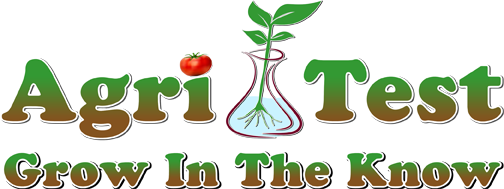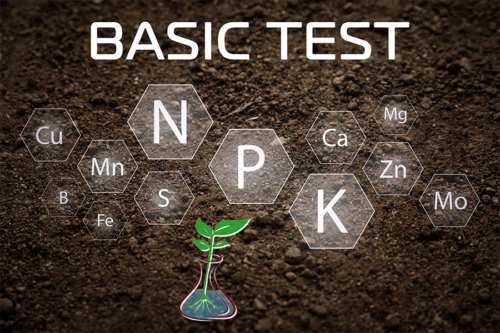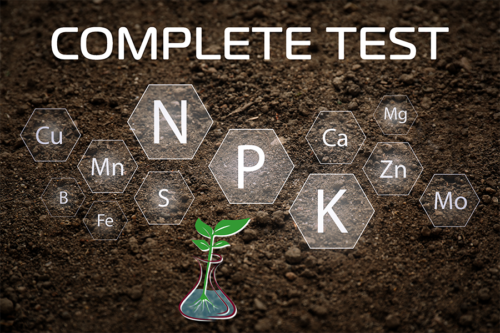Exchangeable Potassium
In general, potassium, after nitrogen and phosphorus, is the third most likely element to limit plant productivity. This is because the main role of potassium in plant nutrition is as an activator of the various enzymes responsible for various processes (e.g. nitrate reduction, protein synthesis, breakdown of carbohydrates, photosynthesis).

Potassium is also recognized as assisting plants adapt to stresses such as drought conditions and colder temperatures. With regard to cotton, potassium increases efficiencies in water uptake and affects the speed of almost all the plants biological systems.
In general potassium also regulates the opening and closing of plant stomata, which control the opening and closing of leaf pores.
Potassium is also essential in providing disease resistance. With respect to cotton, potassium plays a role in reducing the incidence and severity of wilt diseases.
Potassium also enhances flower production and fruiting in many plant species. For example, it affects fiber properties such as micronair, length, and strength of cotton. Uptake of potassium increases during early boll set with some 70 percent of total uptake occurring after first bloom.
In cotton, deficiency symptoms includes marginal chlorosis of older leaves. In younger leaves potassium deficiencies appear near boll-set and -filling, when the potassium is redirected within the plant. This is known as premature senescence.
The total quantity of potassium in soil is generally considered to be larger than other nutrient elements. However, the quantity of potassium available to plants is limited. In soil, potassium is present in four forms:
- Cation (K+) in soil solution (Solution K)
- Adsorbed onto clay particles and organic colloids (Exchangeable K)
- Non-exchangeable K+ in secondary clay minerals (Fixed K), and
- K+ in primary mineral structures (Structural K).
At any given time, much of the potassium in soil is in a non-exchangeable form as it is locked up in the crystal structure of potassium bearing primary minerals. The two groups which occur in soil in the greatest quantity are the micas of muscovite (KAl2(AlSi3O10)(OH)2) and biotite (K(Mg,Fe)3(AlSi3O10)(OH)2) and the feldspars of orthoclase and microline ((KAlSi3O8).
The reserve associated with the potassium held in primary mineral structures is relatively unavailable for plant uptake, although over several years small quantities of potassium will become available because of the weathering of these fairly resistant minerals.
Potassium can become available to plants from so called 2:1 secondary clay minerals (e.g. illite, vermiculite and smectite). In most cotton growing areas smectite and the other 2:1 type minerals are the dominant clay minerals. These minerals give the Vertosol soil profile its shrink-swell character (i.e. self-mulching).
However, in these Vertosol profiles potassium in the soil solution might not be readily adsorbed because it may be fixed. This is because the potassium ions fit nicely between the crystal lattices of these so called swelling clays. These potassium ions are then said to be in non-exchangeable forms because they are unavailable to higher plants. Potassium only becomes available for plant uptake very slowly.
The immediate source of potassium for crops is in the soil solution. It is approximated that only 1-2 % of the total potassium in soil is available as either exchangeable potassium adsorbed on soil colloidal surfaces (i.e. clay particles and organic colloids) and/or in soil solution.
Of this approximately 90 % is in an exchangeable form, however most of the potassium taken up by higher plants needs to be in the soil solution. As such determination of exchangeable potassium is often a fairly good index of potassium which plants can uptake.
|
Exchangeable |
Unit |
Very low |
Low |
Moderate |
High |
Very High |
|
Potassium |
cmol(+)/kg |
<1 |
1-2 |
2-5 |
5-8 |
>8 |



